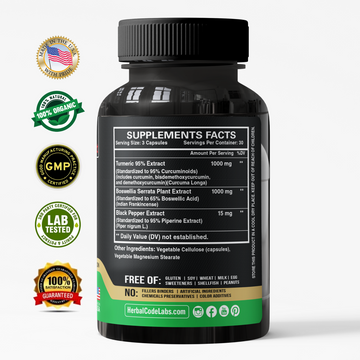In today’s digital healthcare environment, accurate claim processing is more than just important—it’s essential. A single error in billing can delay payments, disrupt patient care, and burden healthcare providers with extra administrative work.  But what exactly is it, and why is it such a critical piece in the healthcare billing puzzle?
But what exactly is it, and why is it such a critical piece in the healthcare billing puzzle?
Let’s dive into the role of clearinghouses and understand how they make a significant impact on claims management.
What Is a Health Care Clearinghouse?
A health care clearinghouse is a third-party service provider that acts as a bridge between healthcare providers and insurance companies. Its primary job is to receive, review, and format healthcare claims to ensure they meet specific standards before they’re sent to payers.
Think of it as an automated quality checker that ensures claims are correct and compliant with industry regulations, especially HIPAA. By identifying and correcting errors early, clearinghouses help reduce claim rejections and accelerate reimbursement.
Why Are Clearinghouses Essential in Medical Billing?
Medical billing isn’t just about charging for services—it’s about ensuring that claims are processed efficiently and correctly. Without a clearinghouse, a provider would have to submit claims manually to each insurance payer, risking errors and delays. Clearinghouses streamline this process in several key ways:
- Error Detection and Correction
Before a claim reaches the payer, the clearinghouse checks for common errors such as incorrect patient information, invalid procedure codes, or missing data. This early detection reduces the chances of rejections and shortens the payment cycle.
- Data Formatting
Different insurance companies require claims to be submitted in different electronic formats. Clearinghouses translate the provider’s data into the appropriate Electronic Data Interchange (EDI) format, ensuring compatibility with payer systems.
- Claims Routing
A clearinghouse identifies the correct payer for each claim and routes it accordingly. This eliminates guesswork and ensures that claims reach the right destination on time.
Understanding the Process:
What does clearinghouse do during claims submission?
This question is crucial for understanding the real value a clearinghouse provides. Here’s a breakdown of the process:
- Claim Intake: The provider submits claims electronically to the clearinghouse.
- Validation & Scrubbing: The system scans the claim for formatting issues and inconsistencies.
- Transformation: If necessary, data is reformatted into a standardized format accepted by the payer.
- Submission to Payer: After validation, the claim is forwarded to the correct insurance company.
- Feedback Loop: The clearinghouse provides real-time updates on the status of the claim, including acceptance, rejection, or need for edits.
This streamlined workflow reduces administrative stress and improves claim acceptance rates.
Benefits of Using a Clearinghouse
Using a clearinghouse offers many tangible benefits to healthcare providers:
- Faster Reimbursements: With fewer errors, claims are processed and paid more quickly.
- Lower Rejection Rates: Pre-submission scrubbing significantly reduces the number of returned or denied claims.
- Improved Compliance: Clearinghouses ensure that data complies with HIPAA and other industry standards.
- Time Savings: Staff can focus more on patient care rather than spending hours correcting claims.
Final Thoughts: A Smart Solution for Smarter Billing
As healthcare systems become increasingly digitized, the need for accuracy, speed, and compliance in medical billing continues to grow. That’s why health care clearinghouses are more important than ever. They simplify the claims process, reduce costly errors, and ensure timely payments—all while improving provider and patient satisfaction.
In short, clearinghouses are the unsung heroes behind efficient medical billing. Investing in one isn’t just a smart choice—it’s a necessary one in today’s healthcare economy.













